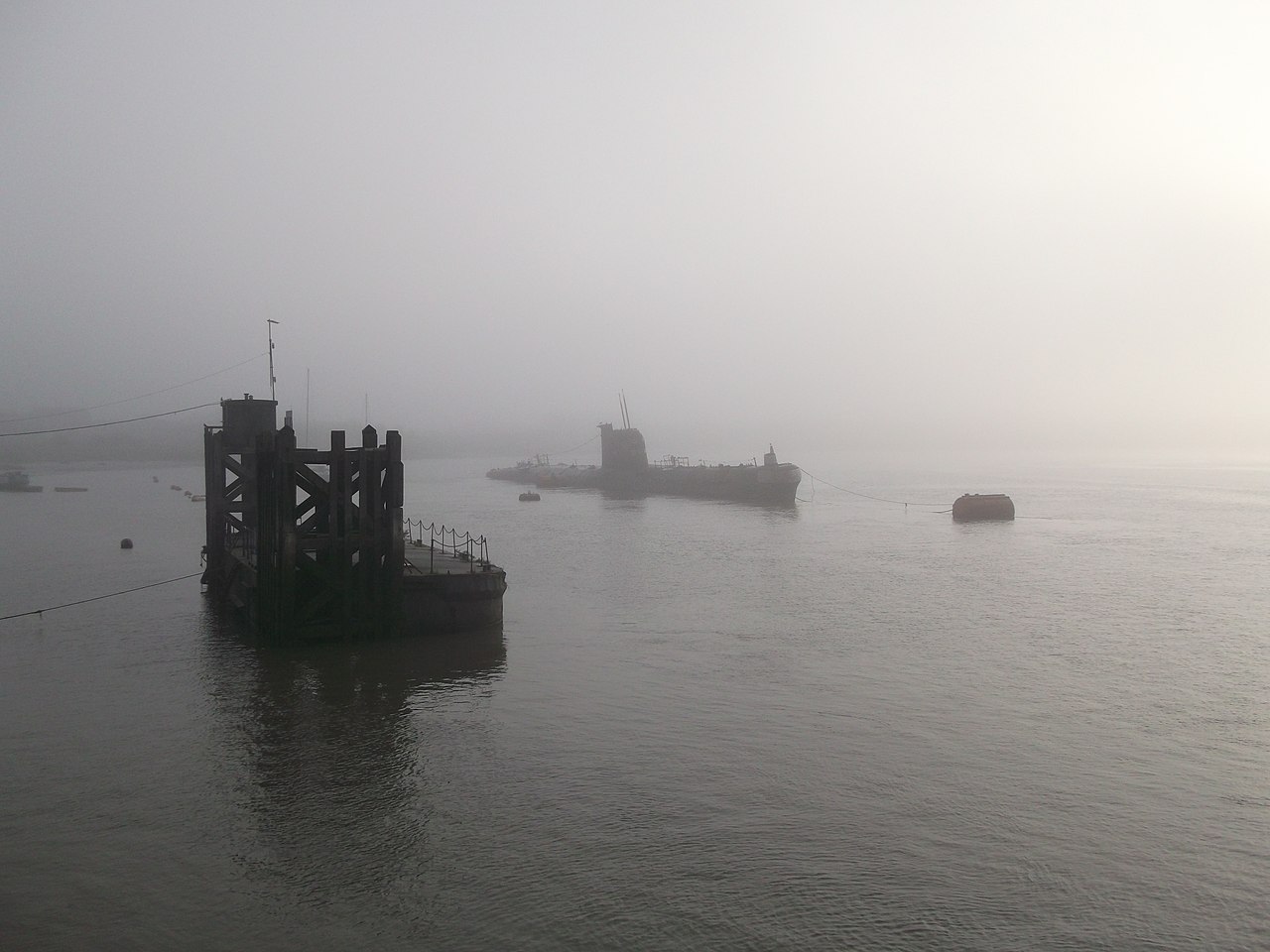
The Fog: The Opacity That Warns

- EU and strategic partners,
- EU strategy and foreign policy,
- Europe in the World,
- European defence / NATO,
The Fire, the Ice, and the Fog: A Sublimation of the Russian Threat
Now in its fourth year, Russia’s war on Ukraine has become more than a battlefield confrontation. It is fire, ice, and fog at once: the hot war in Ukraine fought with mass, drones, and attrition; the cold confrontation with NATO, centred on escalation management; and the fog of Russia’s internal struggle, marked by fatigue, militarisation, repression, and a growing social isolation, as much of the population seeks to distance itself from the war both mentally and in daily life.
Considered alone, each dimension distorts the picture. Taken together, they reveal a Russia both fragile and resilient, archaic and adaptive.
This is Part III: The Fog, examining Russia’s internal front—the least legible dimension of the conflict. The system performs strength while pressure accumulates beneath the surface: raison d’état coexists with societal passivity, producing fragility that yields lurches rather than orderly decline. This Policy Brief maps that opacity through an economy of exhaustion, the “veteran variable” as battlefield costs migrate home, a society that holds still under pressure, elite cohesion sustained by fear and performance, and the indicators that often precede sudden shifts. The policy lesson is simple: do not mistake opacity for stability—prepare for discontinuity, monitor the silent front, and prioritise endurance over spectacle.
Part I: The Fire focused on Russia’s war against Ukraine.
Part II: The Ice focused on Russia’s long confrontation with NATO and Europe’s security order.
CLICK “VIEW PDF” BELOW FOR ACCESS TO FULL POLICY BRIEF
(Photo credit: Wikimedia Commons)